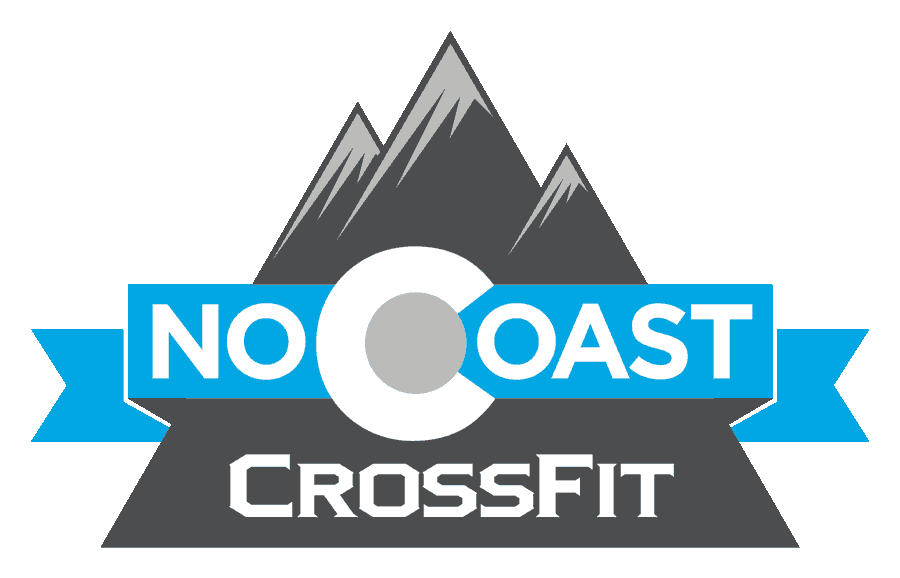The Fab Four
There are four common muscles that the majority of the population does not activate properly throughout the day. These muscles are very important with postural and core/pelvic stabilization. It is more important to have proper motor control (brain muscle activation), than to stretch all the time and focus on mobility. We must have good mobility before stability, but most of the time proper muscle activation can improve muscle tensile length without even stretching!!
Here they are!
1. Deep Neck Flexors (DNF)
Forward head posture is a big problem with cell phones and technology. If you have a forward head posture throughout the day, this puts extra strain on your spine. Here is the DNF and how to activate them! I commonly prescribe 10 chin tucks every few hours if you are on the computer all day for work. Try not to use your SCM muscles (the superficial front neck muscles)


2. Lower Trapezius
This is the muscle that brings your shoulder down and back, facilitating proper posture and shoulder joint alignment/stability. Squeezing your shoulders down in back (“shoulder blades in opposite pockets”) is a great exercise to decrease risk of shoulder injury with repeated overhead motions and allow for better postural awareness. Crossover symmetry is great for this, IF you engage your down and back muscles while performing!


Simple Y’s to do at home - Perform 2 x10 (pain free)
3. Transverse Abdominus
This is your anatomical corset. It provides support to you back and is one of your inner core stabilization muscles. People tend to suck in, or push out to active core, rather than “bracing” with these muscles.


Brace muscles above your pelvic crest. Hold for 2 breath cycles x 10 reps
4. Glute Medius
Most people have lazy glutes!! Thus, if you are trying to squat or deadlift something heavy your pelvis will not have the support it needs to stabilize.


Hip Abduction - hold pelvis forward, bring leg straight and back 2 x 10 each side.
If you have no idea how to facilitate these muscles properly its OK!! It takes the skilled touch of a therapist/coach and verbal cues to get these muscles firing how they need to!! This is a great reason to come to my next clinic!
Anatomy of the CrossFitter
Saturday March 12th, 2016 at 12:30-1:30 pm
Come learn about the anatomy and muscle function of the major muscles we use in Crossfit. We will go over the anatomy, how the muscle works, applied mechanics to Crossfit, testing of proper muscle activation, & how to exercise these muscles if they are weak!
Free to members
$30 to nonmembers
